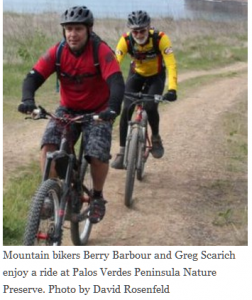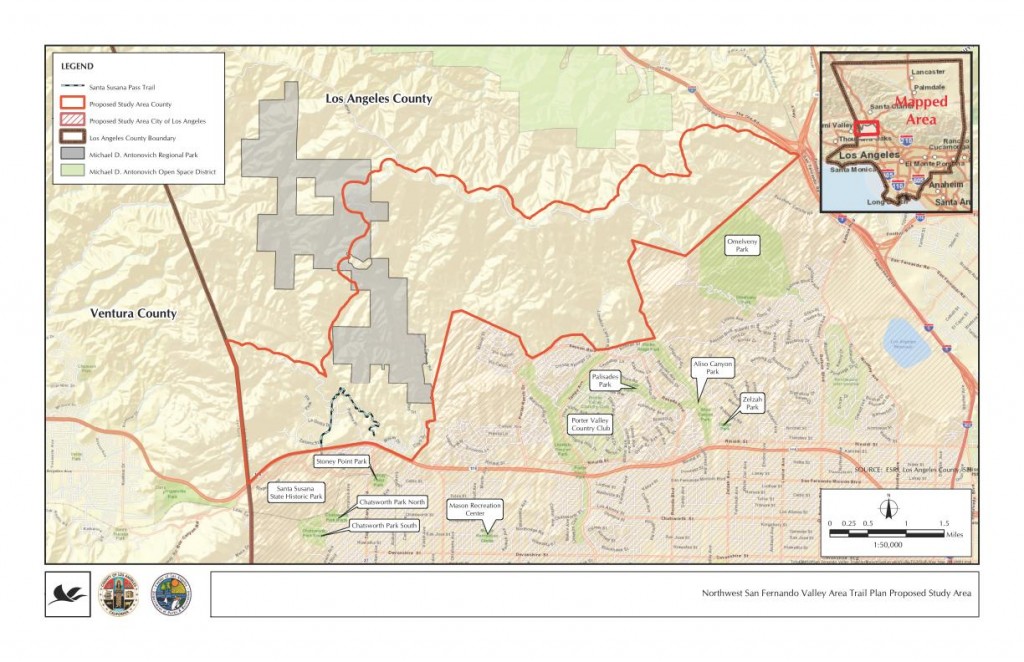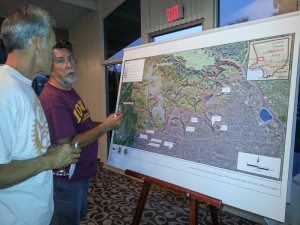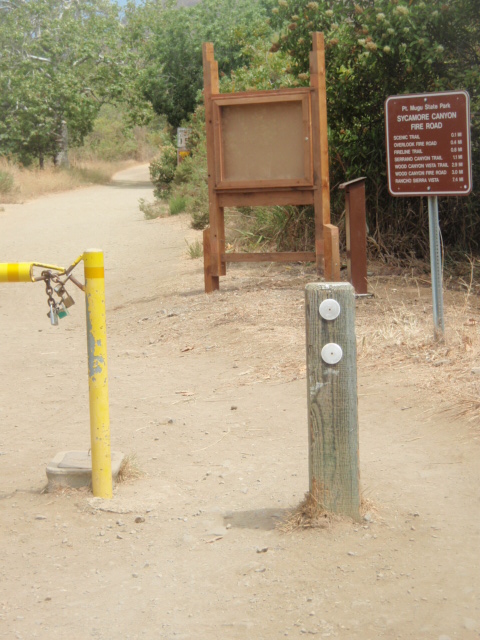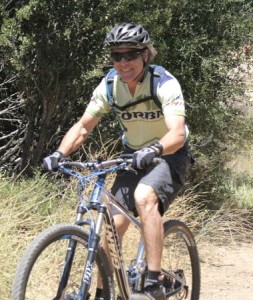By Mark Langton
Thanks for all your replies and questions to the original blog “It’s Not Strava’s Fault Mountain Bikers Are Ignorant.” Before I answer some of the questions posed, I wanted to update you on some important information I got while at a meeting last Wednesday. Specifically, National Park Service (NPS) Ranger Melanie Turner stated that bicyclists using trails unsafely will be cited, and no warnings will be issued. Citations include mandatory court appearances and up to several hundred dollars in fines. She did not specify which areas of NPS property within the Santa Monica Mountains National Recreation Area (SMMNRA) would be getting increased ranger presence, although Cheeseboro Canyon was mentioned during the conversation. Rangers from California Department of Parks and Recreation (State Parks) and Mountains Recreation and Conservation Authority (MRCA) were also at the meeting, and while they were less specific as to their enforcement tactics, they said that they would be vigilant in making sure trails are safe for all users. If you are wondering about the references to the three different agencies, it is because within the SMMNRA there are three primary open space administrative agencies, NPS, State Parks, and MRCA. NPS and MRCA currently have the most inclusive trail use policy (shared use in most cases), with State Parks being more restrictive, with many trails still closed to bicycles, despite those trails being exactly the same as ones that are open to bicycles.
The replies to the original post are a wonderful microcosm of CORBA’s efforts over the 25+ years we have been striving for shared use trails in the SMMNRA. Below in italics are statements and/or questions that are most relevant to this discussion, after which I will try to answer or clarify:
Can you please tell me if the idea of alternate trail days (those for hikers / equestrians and those for mtn bikers) has ever been brought up at a previous meeting? If so I would like to know why this policy has not been adopted by the NPS.
Yes, this idea has been posed before, with ensuing heated discussion. While used in other parts of the country to varying degrees of success, we (CORBA and the agencies) felt that it would likely be too difficult to enforce and would still create rule-breakers and a bad image for whoever did not adhere to the posted use restrictions. However, I would be in favor of revisiting the topic and will bring it up at our next meeting with the agencies.
I am just wondering why some trails (a lot of them in Sycamore) are off limits for mountain bikes.
As mentioned in a reply to the original post, many of the trails in Pt. Mugu State Park (Sycamore Canyon) to the east of the main canyon are in state Wilderness and are therefore off-limits to to bicycles (which are considered “mechanized transport”). State Parks unfortunately maintains a restrictive use policy on many of their trails that are not in Wilderness, which CORBA feels is biased and unfair. In response to this situation, State Parks has created a system to identify a trail as viable for shared use (hiking, cycling, equestrian), but it is extremely time-consuming and labor-intensive (read costly).
I have been hiking on some of these trails and during the week you will never see a single person on them other than the occasional mountain biker and me.
This is one of CORBA’s biggest examples of why trail closures don’t work. When it comes to trail closures, you can’t close a trail seven days a week when it really only gets used on two of them, mainly the weekends/holidays.
Never once in my life have I seen a trail that said no hikers or horses.
There aren’t many, but there are a few trails in the SMMNRA that are closed to horses. As long as horses are allowed on trails, then it is everyone’s responsibility to yield for the safety of everyone on the trail. The unfortunate thing about this situation is that a very small percentage of the user community (equestrians, approximately 5 percent) is being given almost complete access to the trails, while a much larger user group (cyclists, approximately 35 percent) is being restricted.
Why would the park ever close a perfectly good trail? Just to further congest our trail system? Trying to create more conflict?
I’m sure it’s not the intent, but it’s what’s happening.
There could easily be a trail that parallels the main road through Sycamore for bikes only to get them off the road where 90% of the hikers are and the same goes for Cheeseboro.
CORBA has made this suggestion several times over the years. The answer we usually get is that the agencies’ primary mandate is open space protection and preservation. Building parallel trails to accomodate single use recreation is not a suitable use of their resources. This is not to say it couldn’t be revisited. One thing to note here is that just because a trail is marked “bikes only”, it doesn’t mean hikers wouldn’t use it also. But I am in favor of this idea (it’s just probably not going to happen).


